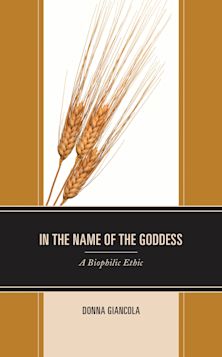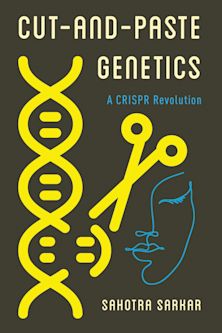- Home
- ACADEMIC
- Science & Technology
- Indus Ethnobiology
Indus Ethnobiology
New Perspectives from the Field
Steven A. Weber (Anthology Editor) , William R. Belcher (Contributor) , Dorian Q. Fuller (Contributor) , Marco Madella (Contributor) , Richard H. Meadow (Contributor) , Laura J. Miller (Contributor) , Ajita K. Patel (Contributor) , Gregory L. Possehl (Contributor) , Seetha N. Reddy (Contributor) , Margareta Tengberg (Contributor) , Stéphanie Thiébault (Contributor) , Kenneth D. Thomas (Contributor)
Indus Ethnobiology
New Perspectives from the Field
Steven A. Weber (Anthology Editor) , William R. Belcher (Contributor) , Dorian Q. Fuller (Contributor) , Marco Madella (Contributor) , Richard H. Meadow (Contributor) , Laura J. Miller (Contributor) , Ajita K. Patel (Contributor) , Gregory L. Possehl (Contributor) , Seetha N. Reddy (Contributor) , Margareta Tengberg (Contributor) , Stéphanie Thiébault (Contributor) , Kenneth D. Thomas (Contributor)
You must sign in to add this item to your wishlist. Please sign in or create an account
Description
Indus Ethnobiology: New Perspectives From the Field is a unique and fascinating collection of interdisciplinary essays that study the Indus or Harappan Civilization of South Asia, one of the earliest urban civilizations. The essays in this volume utilize an ethnobiological approach to offer fresh insights into the sociocultural adaptations of the Indus people, as well as into urbanism and ecological and cultural change. Each article, written by a prominent scholar working in the region, studies animal and plant remains in order to explore issues such as environment, vegetation history, habitat exploitation, pastoralism, subsistence systems and agriculture. Incorporating biological, anthropological, and archeological theory, Indus Ethnobiology exemplifies what ethnobiology is and ought to be: a powerful source of ideas about the interrelationships between living organisms and human culture.
Table of Contents
Chapter 2 The Indus Civilization: An Introduction to Environment, Subsistence, and Cultural History
Chapter 3 Vegetation History and Wood Exploitation in Pakistani Baluchistan from the Neolithic to the Harappan Period: The Evidence from Charcoal Analysis
Chapter 4 Prehistoric Pastoralism in Northwestern South Asia from the Neolithic through the Harappan Period
Chapter 5 Fish Exploitation of the Indus Valley Tradition
Chapter 6 Archaeobotany at Harappa: Indications for Change
Chapter 7 Investigating Agriculture and Environment in South Asia: Present and Future Contributions from Opal Phytoliths
Chapter 8 Secondary Products and Urbanism in South Asia: The Evidence for Traction at Harappa
Chapter 9 Food and Fodder: Plant Usage and Changing Sociocultural Landscapes during the Harappan Phase in Gujarat, India
Chapter 10 Indus and Non-Indus Agricultural Traditions: Local Developments and Crop Adoptions on the Indian Peninsula
Chapter 11 Minimizing Risk?: Approaches to Pre-Harappan Human Ecology on the Northwest Margin of the Greater Indus System
Product details
| Published | 05 Nov 2003 |
|---|---|
| Format | Ebook (Epub & Mobi) |
| Edition | 1st |
| Extent | 448 |
| ISBN | 9780739156360 |
| Imprint | Lexington Books |
| Publisher | Bloomsbury Publishing |
About the contributors
Reviews
-
At last, a collection of essays based upon systematically executed field research, reconstructing the subsistence patterns that contributed to developments in the Indus civilization. The book is a landmark study and model for any future research there and elsewhere.
Rita Wright, New York University
-
Essential.
Choice Reviews
-
Indus Ethnobiology, with its numerous fresh studies of faunal and botanical remains of the greater Indus Valley, is an excellent and long-awaited contribution to the field. It is the result of original research by young scholars who have brought to the field many new and innovative approaches. Without hesitation I would say that this volume is one of the most important contributions to the field in over fifty years.
J. Mark Kenoyer, University of Wisconsin, Madison



































